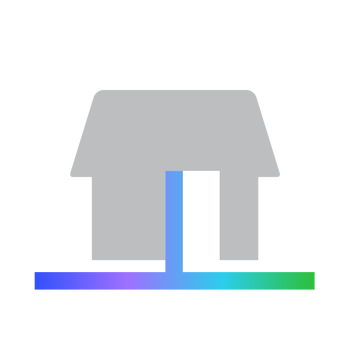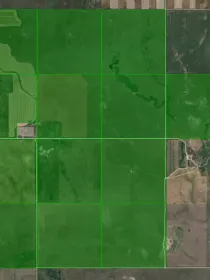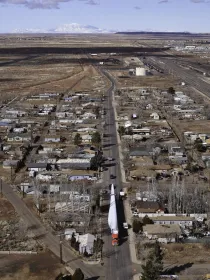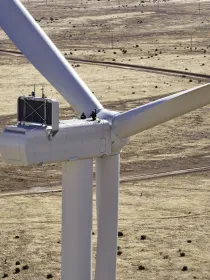WIND POWER IN ARIZONA
Chevelon Butte wind project
AES' Chevelon Butte is a 454 MW wind energy facility in Coconino and Navajo Counties, Arizona, located approximately 20 miles south of Winslow, Arizona. The project was developed in two phases, the first phase was 238 MW and second phase added 216 MW. Chevelon Butte is Arizona's largest operating wind project and provide affordable, clean, renewable energy to APS customers.
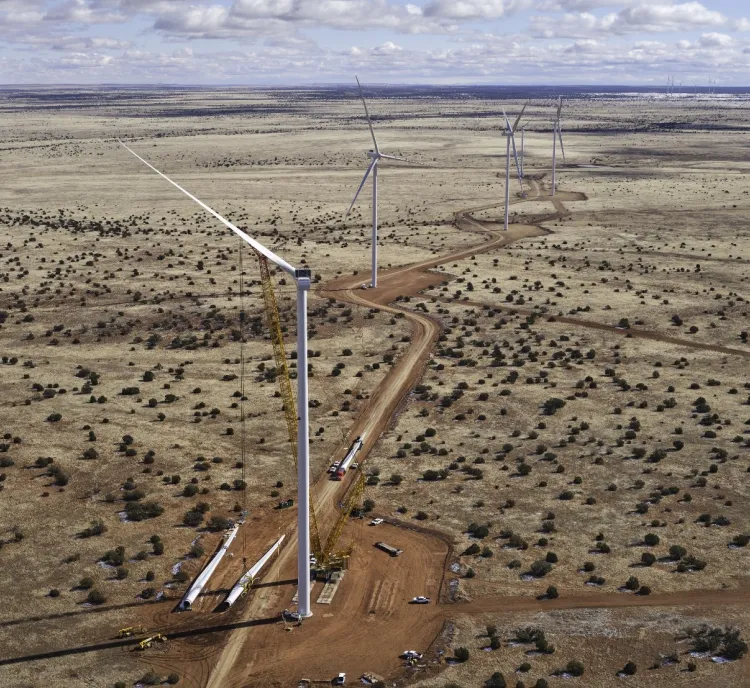
Our clean energy commitment
AES’ Chevelon Butte wind project is a facility in Arizona. We are committed to responsible clean energy development that creates long-term value and positive impact for both the environment and local communities.
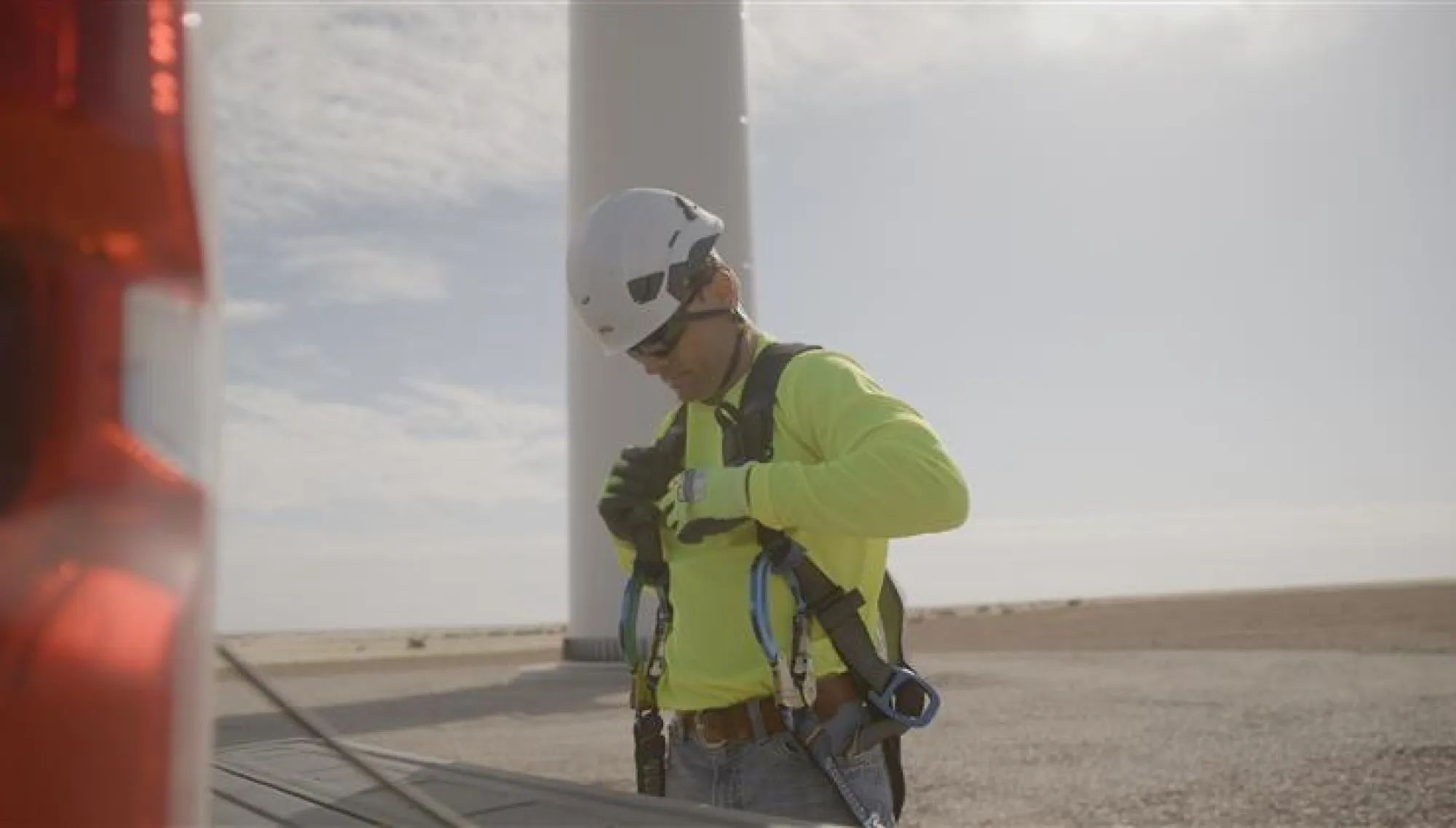
Economic and environmental benefits
We believe in being a good neighbor, ensuring responsible clean energy development that benefits both the environment and local communities without burdening existing infrastructure.
Project details
The Chevelon Butte Wind Project is located on the Chevelon Butte Ranch, one of the oldest working cattle ranches in Arizona. The facility will be compatible with existing livestock ranching and hunting land uses, enabling the landowner family and Arizona State Land Department who own the land to continue the more than century-long tradition of raising livestock and stewardship of this property.
- Sited on approximately 42,000 acres of private and state land
- 105 total wind turbines
- 30 year project life
- Will feature the most advanced wind energy technology deployed in Arizona to date.
- On-site components will include an operations and maintenance building, substation and switchyard, high voltage transmission line, access roads, and a meteorological tower.
- AES will incorporate a radar-activated lighting system that activates turbine lights only when low-flying aircraft are nearby, preserving Northern Arizona's dark sky characteristics.
Clean energy benefits
local communities

Improved air quality and reduced CO2 emissions

Project will increase patronage to local businesses and services through an expanded workforce
AES cultivates local partnerships with organizations for economic and social impact
Low-cost supply of clean energy at a long-term fixed cost over the project lifetime
The project will not impact public land, recreational opportunities, scenic resources, or city resources, and uses very little water in operation.
More about Chevelon Butte
The project is located on the Chevelon Butte Ranch, one of the oldest working cattle ranches in Arizona, that covers approximately 42,000 acres of private and state land. AES’ Chevelon Butte wind facility will be compatible with existing livestock ranching and hunting land uses, enabling the landowner family and Arizona State Land Department who own the land to continue the more than century-long tradition of raising livestock and stewardship of this property. This first phase is expected to be fully operational before summer 2023 to help meet Arizona’s peak summer electricity demand. The second phase is scheduled to break ground in summer 2023 and is expected to reach commercial operations in 2024.
The project will use the most advanced wind energy technology deployed to date in Arizona. Other on-site components of the project include an operations and maintenance building, a substation and switchyard, a high voltage project transmission line, access roads, and a meteorological tower. AES will also incorporate unique design features such asa radar-activated lighting system that enables the federally required turbine lights to turn on only when low flying aircraft are in the area to preserve Northern Arizona’s dark sky characteristics.
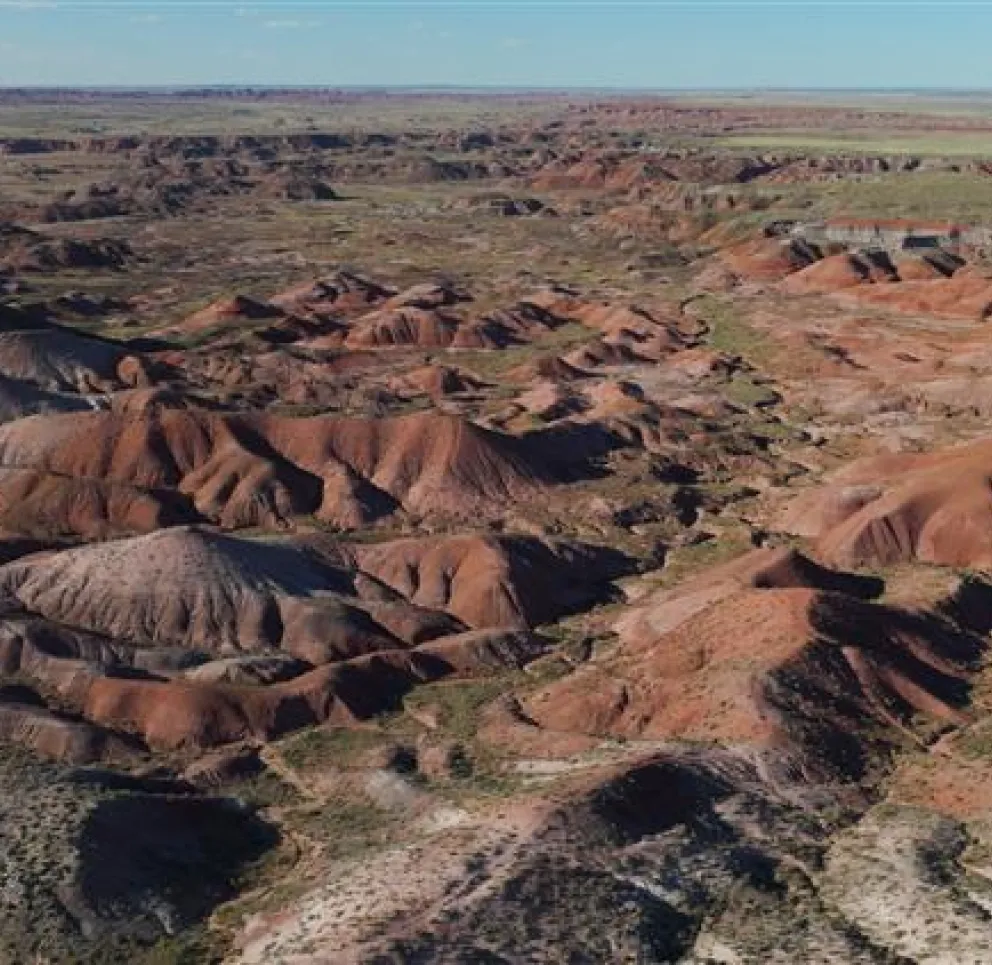
Expected project timeline
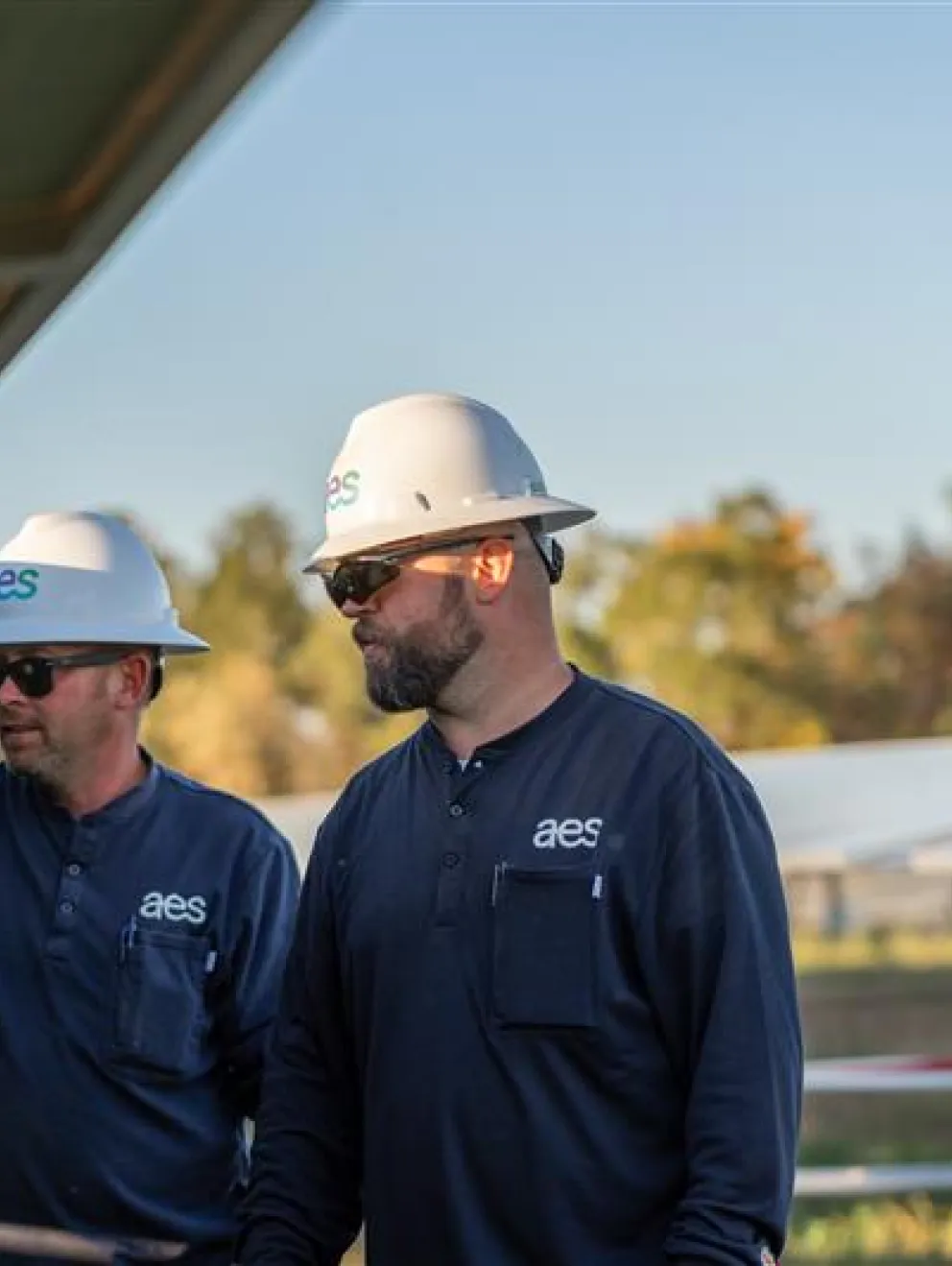
Sustainability Resources
Sustainability best practices
At AES, safety is our highest priority, and we’ve focused on improving lives for more than 40 years. As a leading innovator in energy solutions, sustainability is core to both our strategy and our culture. We are committed to responsible land use and incorporating sustainable best practices into the entire project lifecycle, contributing to building a domestic circular renewables economy and reducing foreign dependence.
Environmental and technical studies
We conduct a series of studies that ensure our projects are thoughtfully and responsibly designed.
- Design adheres to the U.S. Fish and Wildlife Service’s Wind Energy Guidelines and Eagle Conservation Plan Guidance taking steps to identify, avoid, minimize, and compensate for any potential adverse impacts to species thought to be at risk from wind energy development.
- Designed to avoid impacts to sensitive environmental and cultural resources and sited to minimize impacts to residential areas
- The property will remain an operating cattle ranch and the installation of wind facilities will not preclude or dramatically change existing land uses
Local partnerships
- A contribution to the Willow Bend Education Center with a commitment to enhancing curriculum for local K – 12 renewable energy educational programs
- Support to the Winslow Chamber of Commerce
- Engaged with local Indigenous groups, recognizing Indigenous groups who have a distinct relationship to the land
- Partnering Solar Energy International (SEI) to provide solar
- Millions of dollars in property taxes and other local economic benefits for Coconino and Navajo Counties
- Lease payments to the Arizona State Land Department, which fund Arizona public schools, universities, and other in-state beneficiaries
- Lease payments to rural ranching families
Contact us
We appreciate your interest in AES’ Chevelon Butte Wind Project. Please contact us using the information below.
Chevelon Butte Wind
282 Century Place, Suite 2000
Louisville, CO 80027


